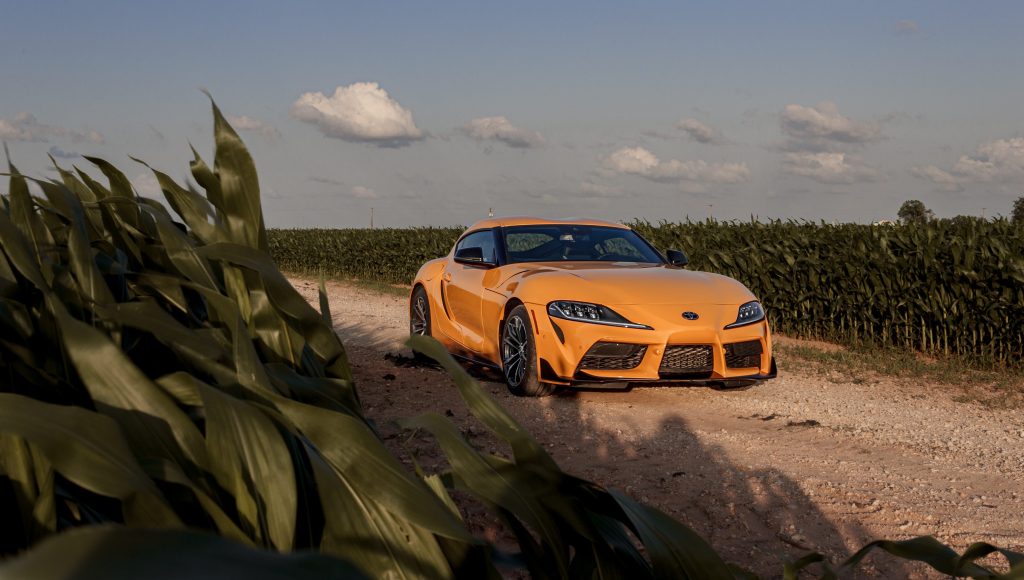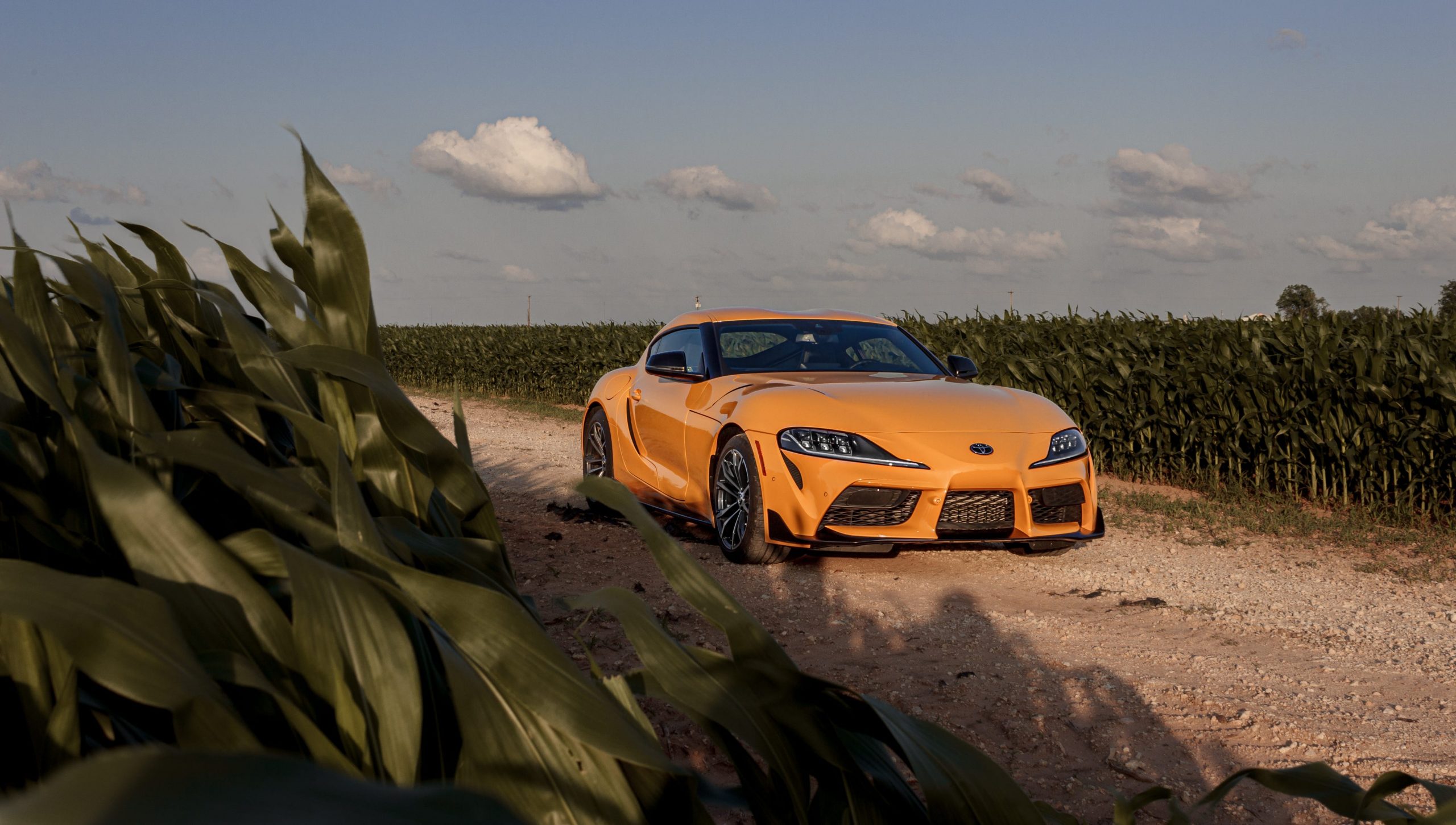
Alanis King
- The 2021 Toyota GR Supra starts at $43,090 for its entry-level model, the 255-horsepower Supra 2.0.
- The Supra 3.0, which ups the car to 382 horsepower, starts at $51,090.
- The 2.0 nails its most important feature: its stunning, poster-worthy looks.
- See more stories on Insider's business page.
Among car enthusiasts, a common refrain is to let legends lie. They're better off staying dead, car enthusiasts say, because if they come back, they'll likely disappoint us. They won't be as pure as they once were. They won't keep to tradition. They might even become a compact SUV.
The new Toyota Supra was one of those legends, peacefully sleeping in the realm of the discontinued after its wildly popular fourth-generation model from the 1990s and early 2000s fell out of production. But then Toyota brought it back for 2020, without its purity and without its tradition. Car lovers were pissed.
But after a week with this new, treasonous $50,000 Supra, I found it hard to focus on all the things it lacked – purity and otherwise. All I could think about was how damn cool it was to be in a Supra.
I think that's the whole point.

Alanis King
The Supra's fall from the car market coincided with its rise to "Fast and Furious" stardom in 2001.
It was the hero car driven by the undercover cop Brian O'Conner, played by the late Paul Walker, and its starring role came not long after Toyota discontinued the car in the US in 1998 due to low sales. (It would leave the Japanese market in 2002.)

Barrett-Jackson, Toyota
Twenty years later, a 10th "Fast and Furious" is on the way, and fourth-generation Supras like the one Walker drove sell for Ferrari prices at auction - for both the car's legend status and its tuner-friendly inline-six Toyota engine. The car, and the film, created and molded a generation of enthusiasts.
And for those 20 years, Toyota let the Supra lie. It let its discontinued nameplate gain a near-religious status. Then it brought the Supra back.
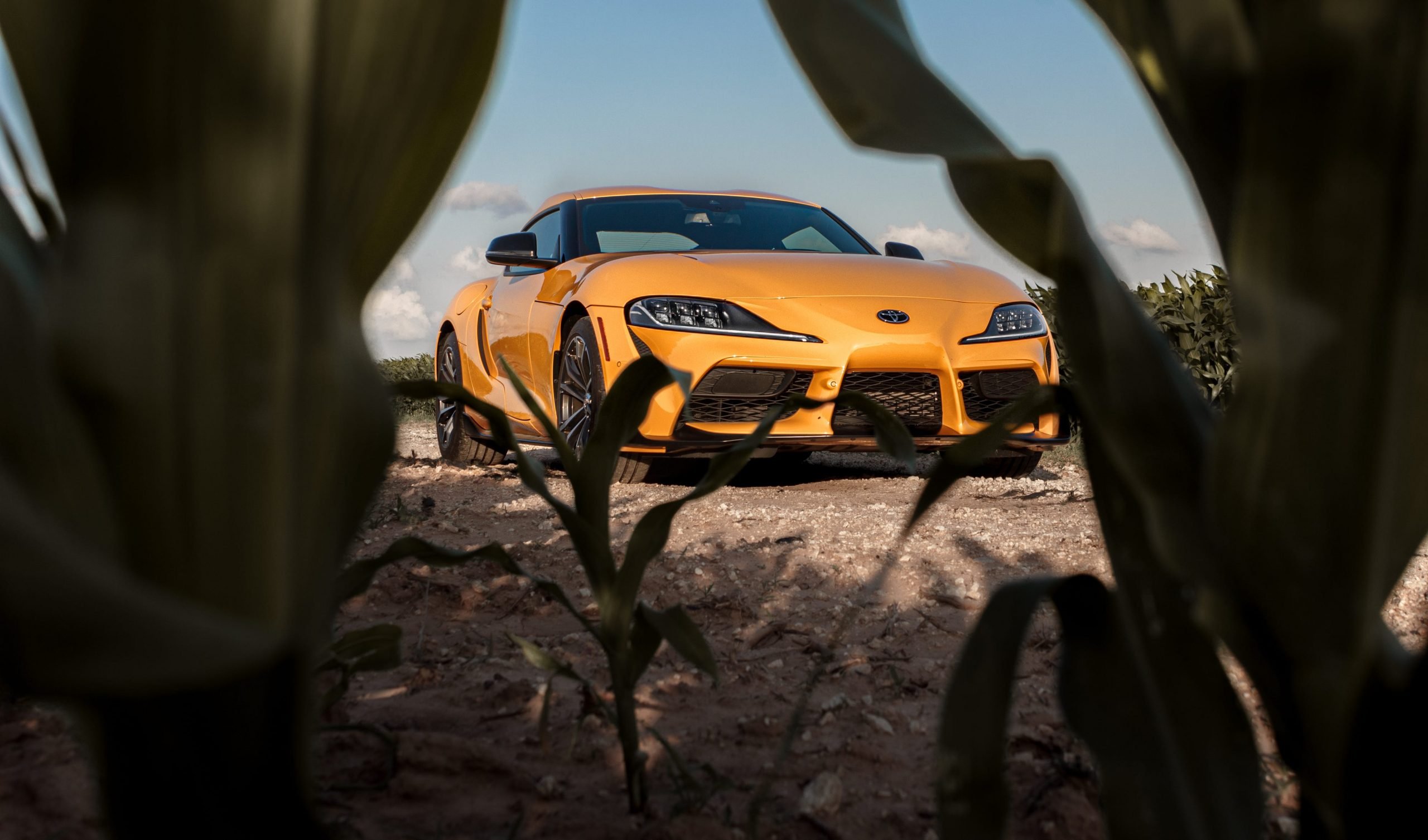
Alanis King
But the new Supra came without two beloved features of the old one: a Toyota engine and a manual transmission. It would instead be a close relative to a fellow two-seat sports car, the BMW Z4, sharing both its turbocharged 3.0-liter inline-six engine and eight-speed automatic transmission, for a $51,000 starting price.
While the new Supra 3.0 was good for 382 horsepower, a cheaper version would come later featuring a $43,000 base price and a turbocharged, 2.0-liter four-cylinder BMW engine making 255 horsepower.
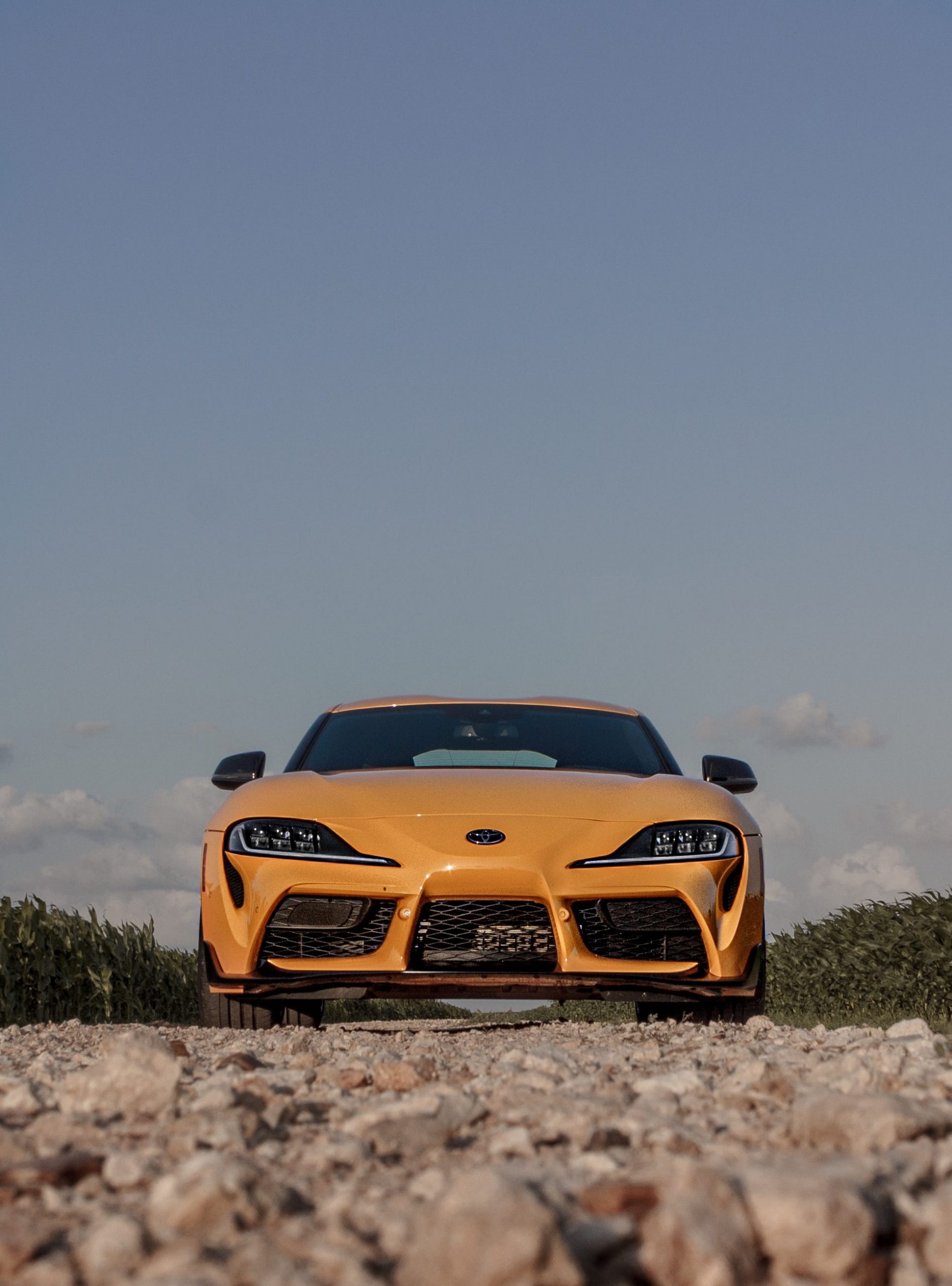
Alanis King
Deep down, car enthusiasts knew it didn't make sense for Toyota to spend piles of cash to build its own gas-powered engine for the new Supra - a car that not only won't sell in droves but also won't be relevant in its current form once the car market goes fully electric - when the company could just write BMW a much smaller check to use its engines. But they still dragged the Supra. It wasn't the one they knew, and therefore it was bad.
I didn't have high expectations when I booked a week with Toyota's cheaper Supra 2.0. I'd driven the bigger-engined Supra 3.0 at the racetrack briefly and didn't love it. It felt less like a car that people buy because it's special and more like a car people buy because they've got $50,000 to spare on an impractical two-seater with handling that's just all right, which was a bummer.
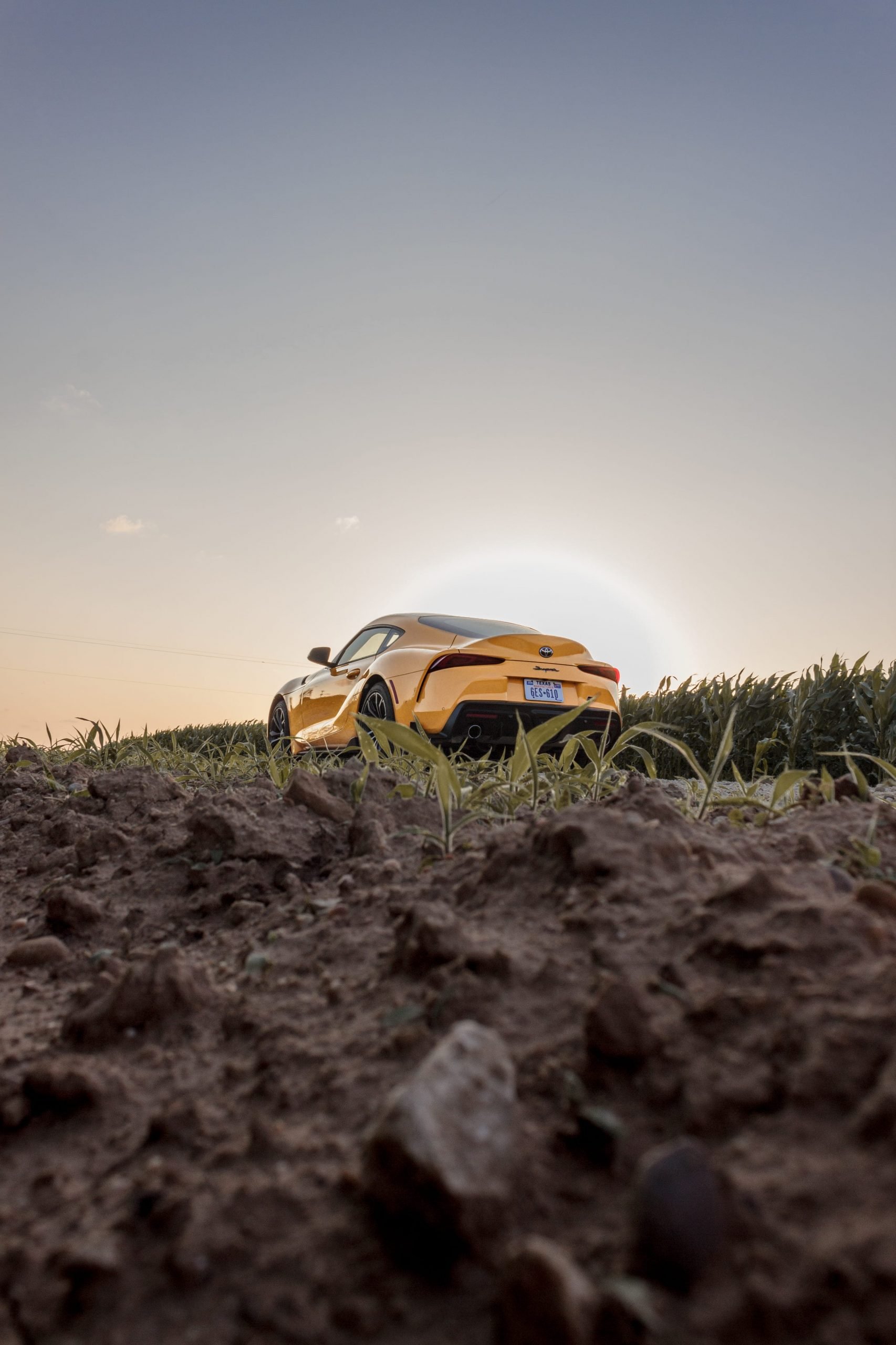
Alanis King
But when my Supra 2.0 loaner pulled into my neighborhood with a coat of glaring Nitro Yellow paint and a final sticker of $48,040, I realized I'd been looking at the car in a vacuum. The white Supra 3.0 I drove on track seemed average because in such an extreme setting - a massive NASCAR facility with cars sprinkled all over its racing surfaces - it was average.
Here, I saw the Supra for what it really was: a car that belongs on posters. A car you can't help but stare at. A car whose designers didn't just set the dial to "cool" - they cranked it so hard, it could have easily gone in the wrong direction.
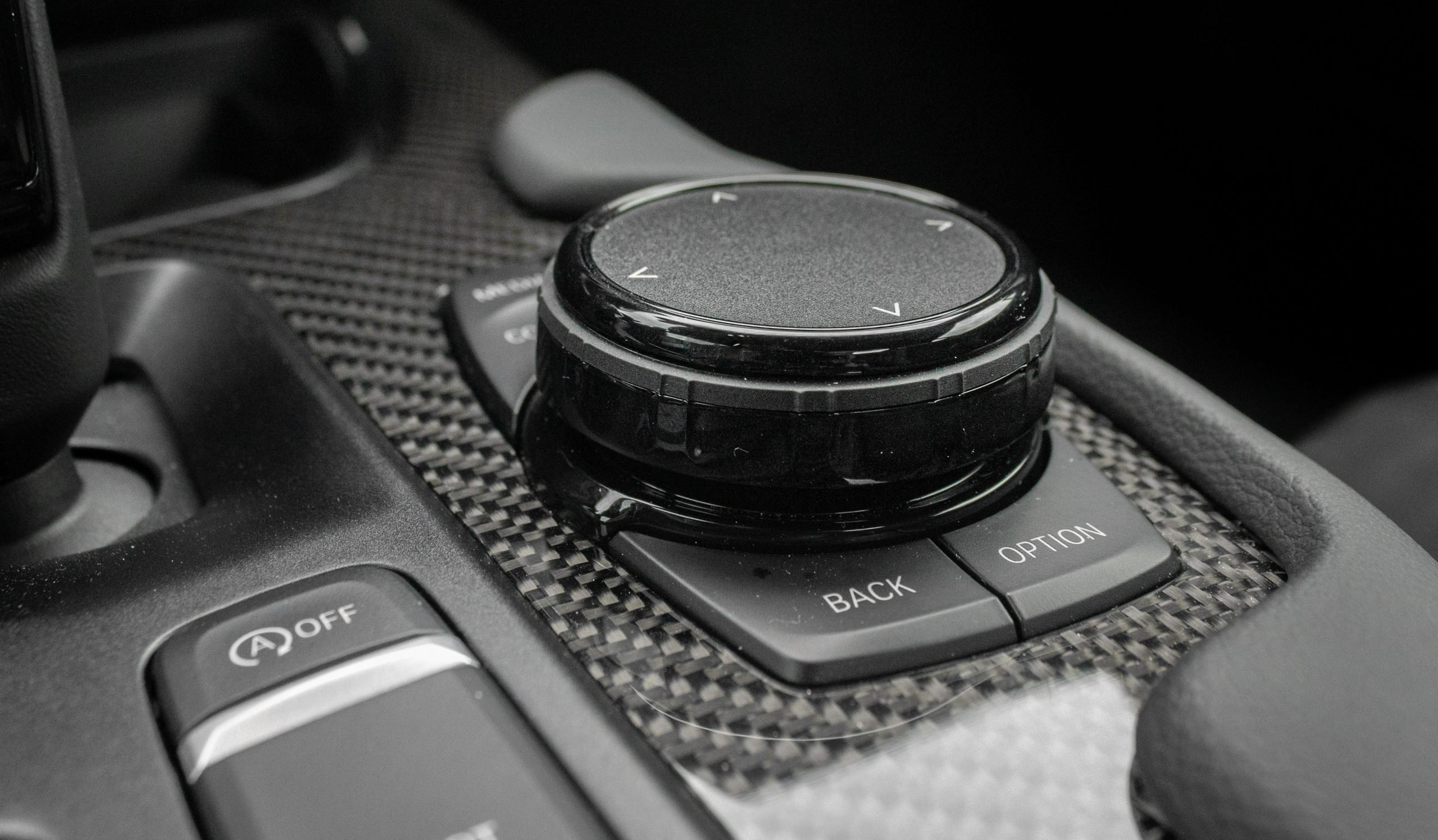
Alanis King
But it didn't. From its hood the size of California and piercing headlights to its sharp body lines and fake air vents steeped in plastic and aggression, the new Supra's exterior styling is just extreme enough.
Inside, things are less impressive. The Supra comes with one interior option, black, and it feels basic - like an afterthought. Its plain door panels look slapped on instead of designed for a $50,000 fun car, and the only things that break up the sea of black inside are a strip of silver down the dashboard and a small carbon-fiber panel encasing the shifter and infotainment controls. (The infotainment system is easy to work, at least, and that's always a feat.)
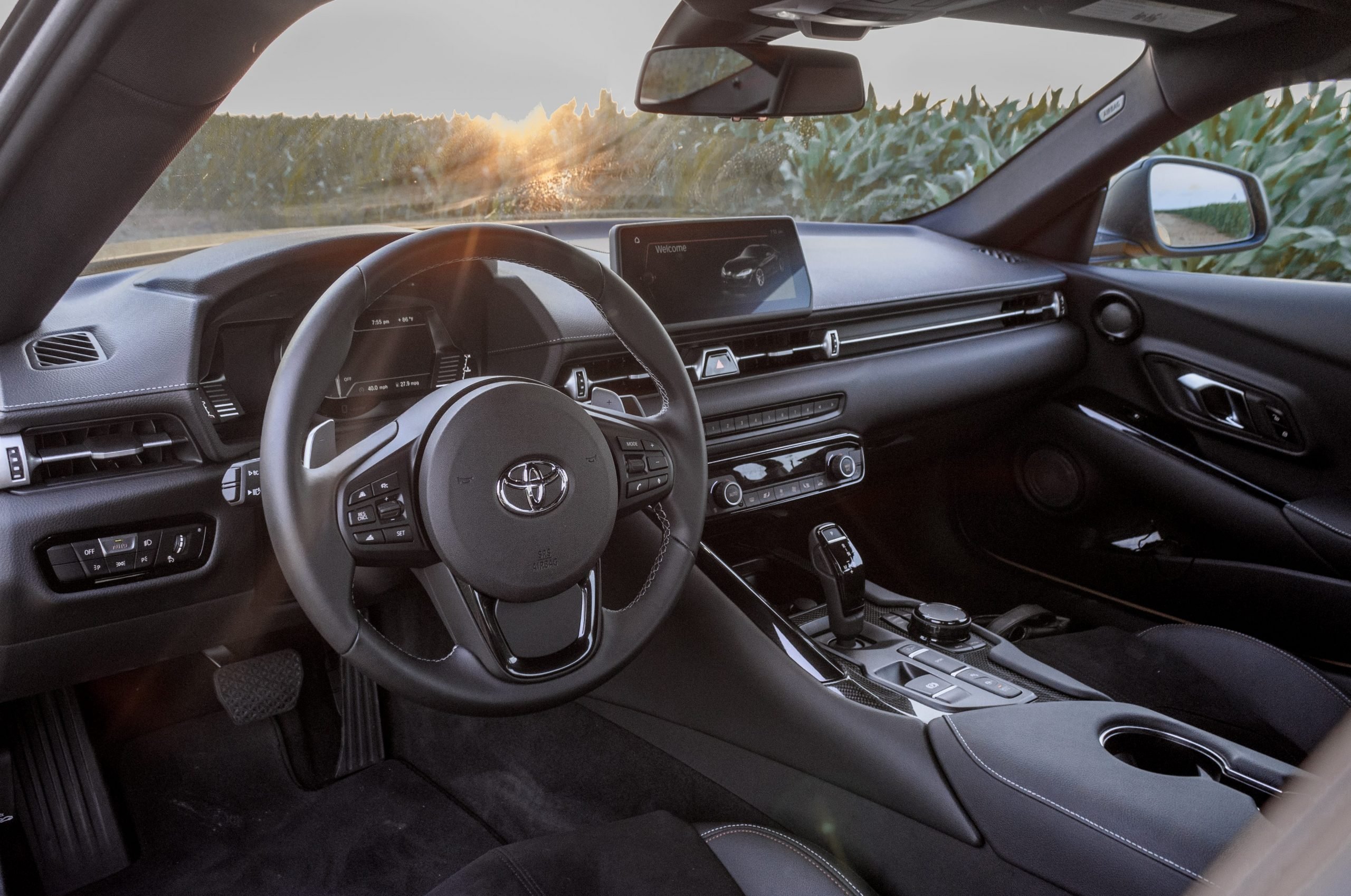
Alanis King
In my week with the Supra, I didn't go out of my way to get extra drive time in it as I would with a Lexus LC500 or a Mazda Miata. That's because much like the Supra 3.0, the 2.0's driving experience was fine. No worse than that, no better.
Its sleek, low body style made me feel like I was in a moving coffin, blanketed in darkness aside from a few windows that were half the size I wanted them to be. The roof pillars between the rear and side windows were so thick that any time I backed out of a parking spot, I had to rely entirely on a backup camera instead of glancing over my shoulder as well.
It'd be a shame if someone crumpled up the beautiful rear end of this car at a small-town Walmart, I'd think. Then I'd hold my breath, cross my fingers, and pop it into reverse.
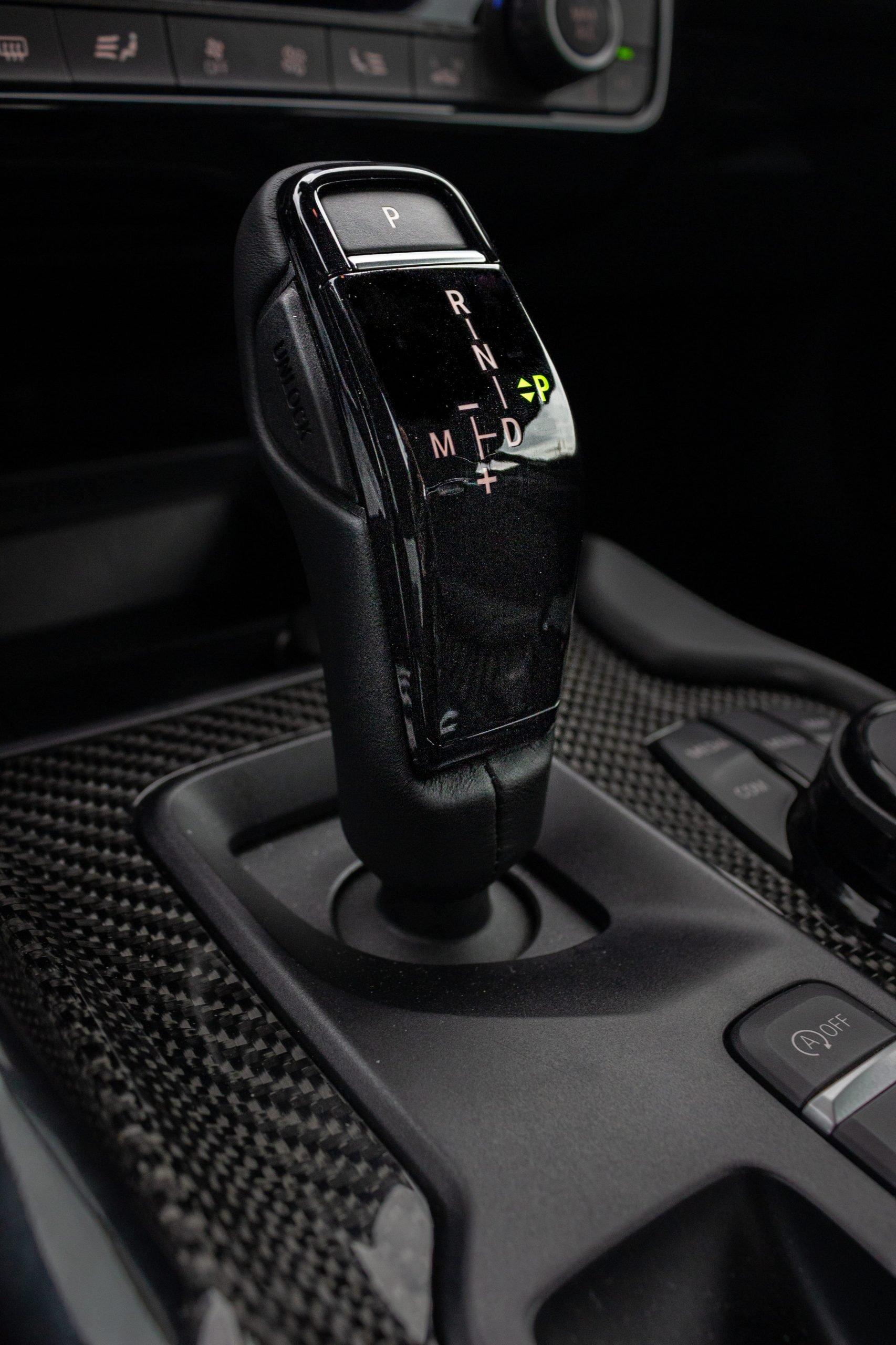
Alanis King
It's fun on winding roads and has sufficient power in four-cylinder form. It gets good gas mileage for a car that isn't focused on gas mileage - 28 mpg combined in the 2.0 and 25 mpg combined in the 3.0 - and it's well insulated on the highway. With the radio off at 70 mph, there's only a tiny bit of wind noise. (Driving with the windows down is another story.)
But it didn't beckon me to come out and drive it all day, even if I did enjoy staring at it in the driveway.
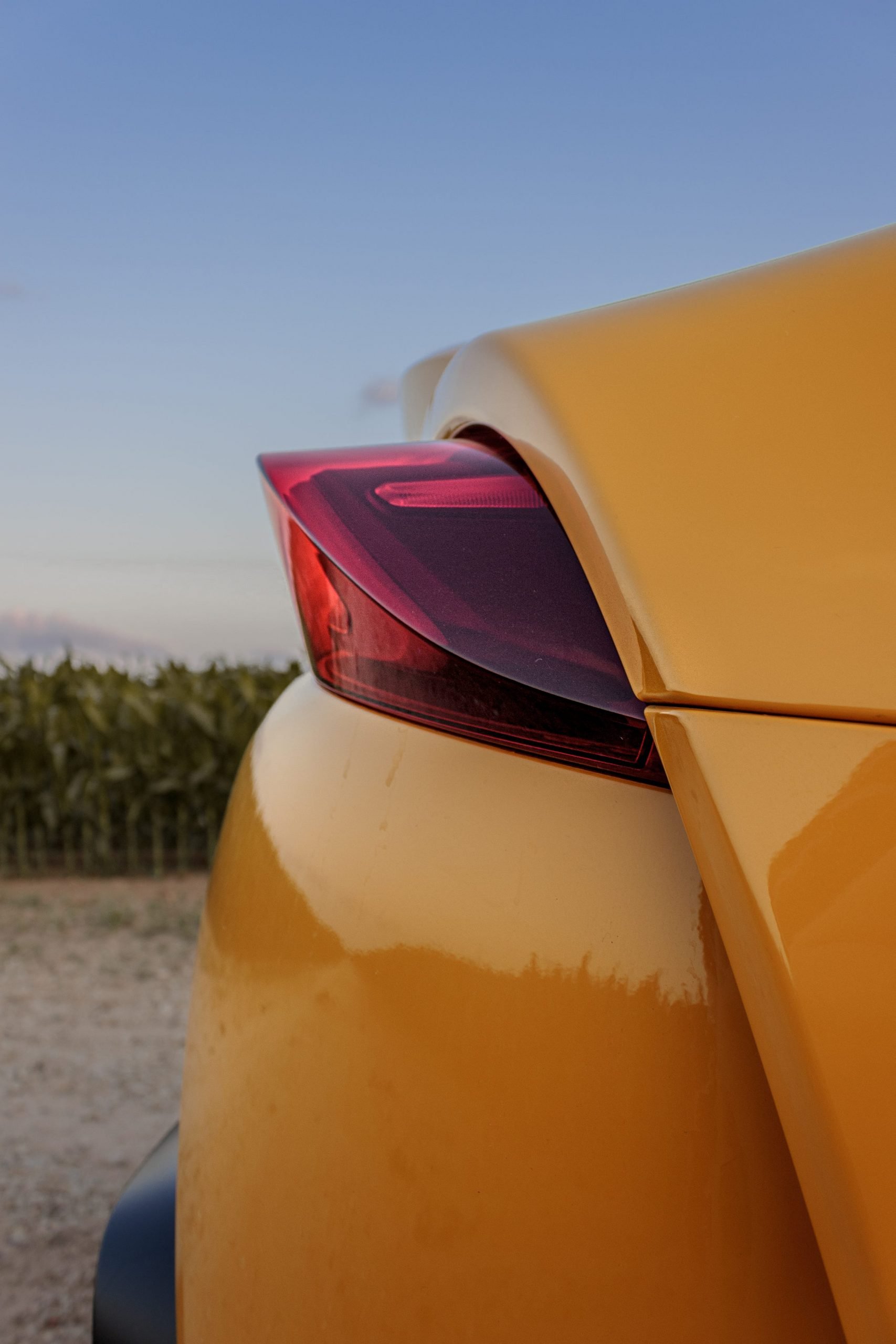
Alanis King
For Toyota, the new Supra was kind of a no-brainer. The fourth-generation model's legend status, plus the fact that most modern cars are just plain good at any price point, meant it would've been hard to screw a new one up. And Toyota didn't. The new Supra is fine, even if there's a lot of potential left to be filled.
Where the Supra does deliver is in the part everyone else will see: its looks. It's a car you'd set as your desktop background or hang in your room. It's a car you'd go to the local drugstore to find a die-cast model of. It's a car that, in 20 years, won't be just another example of "2020s styling." It'll stick out in automotive history because it sticks out today.
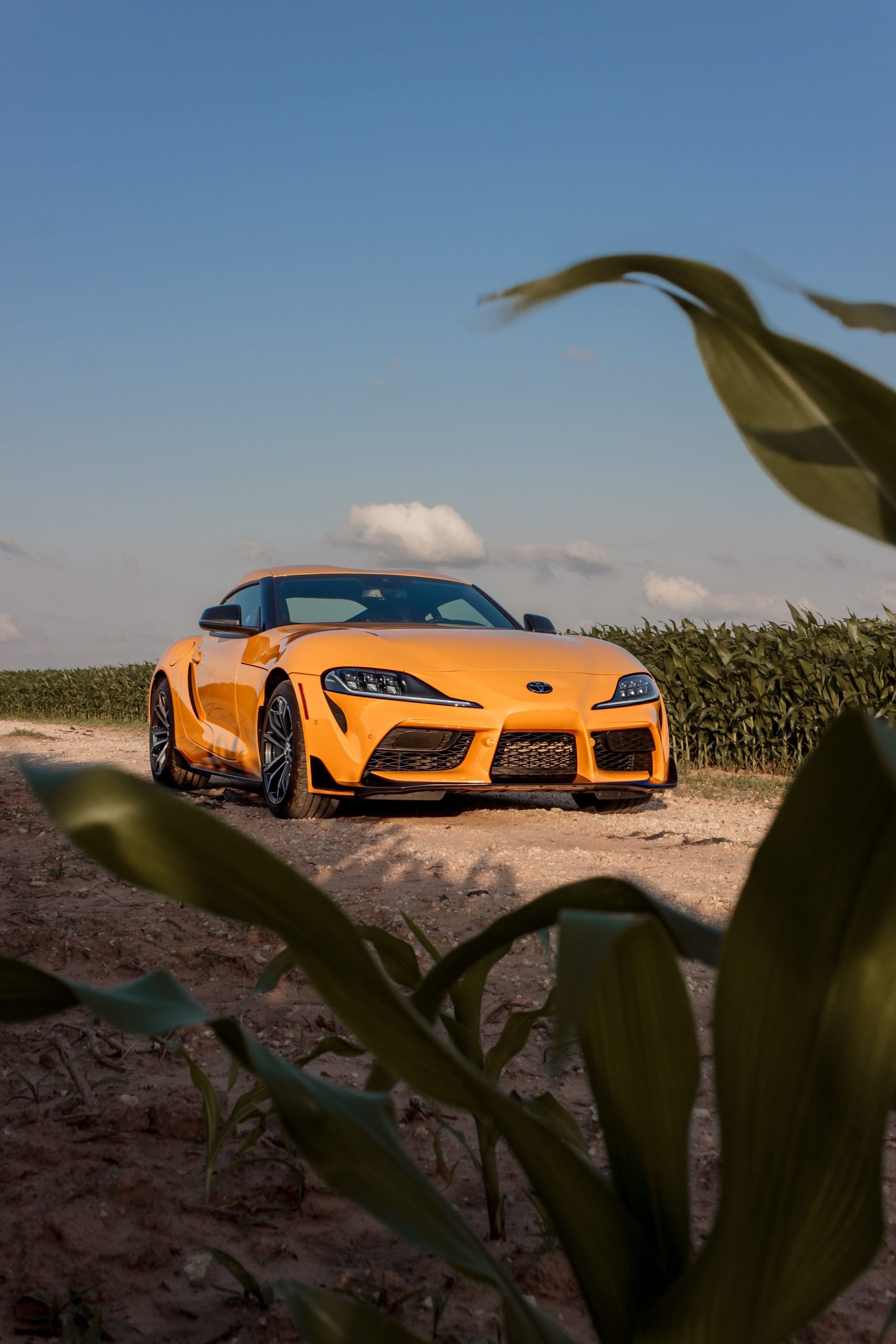
Alanis King
Perhaps most importantly, the new Supra is a car that makes people look. It makes people talk.
And if you want to remain a legend, the first step is to stay in the conversation.
♦♦♦
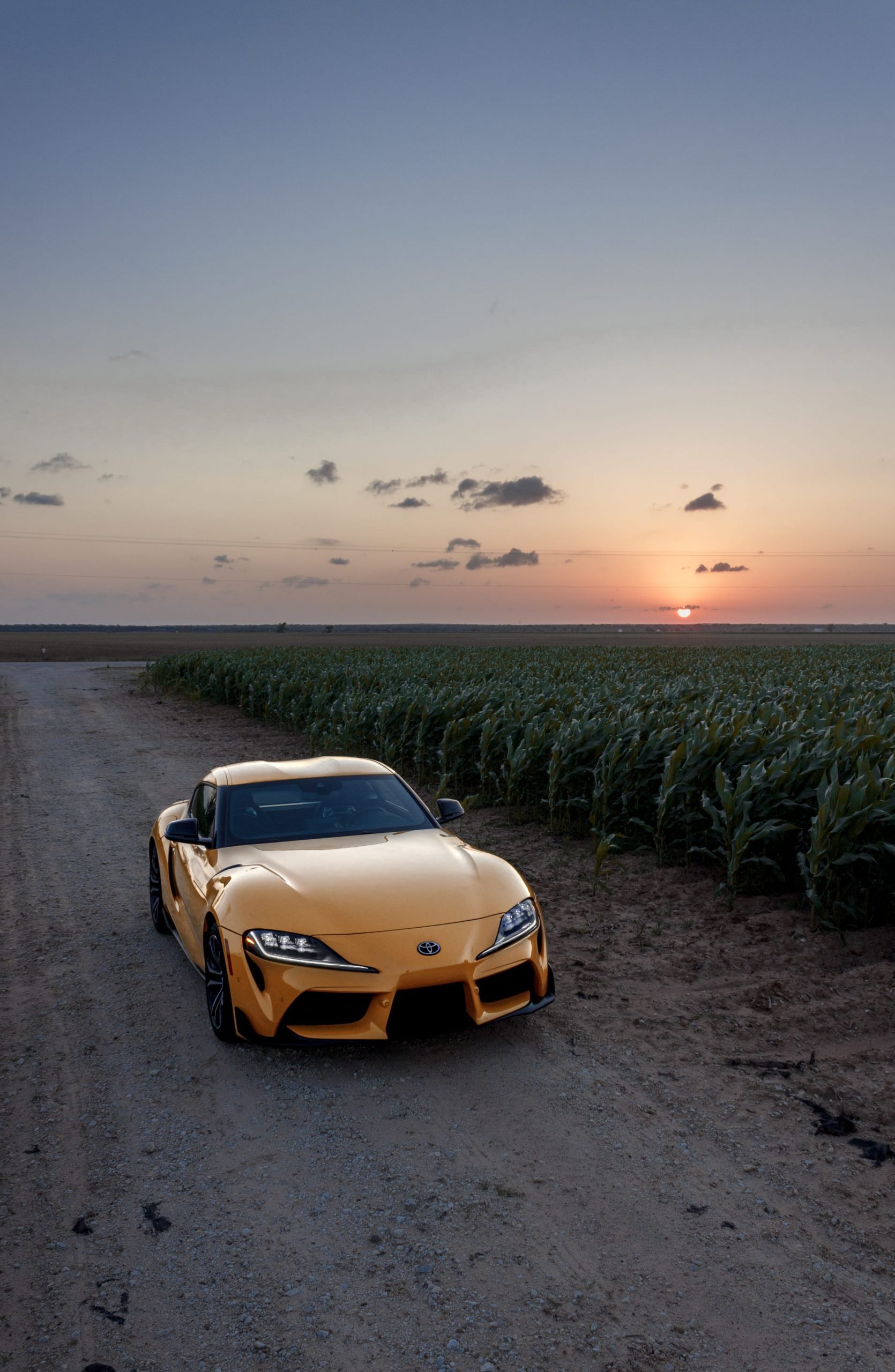
Alanis King
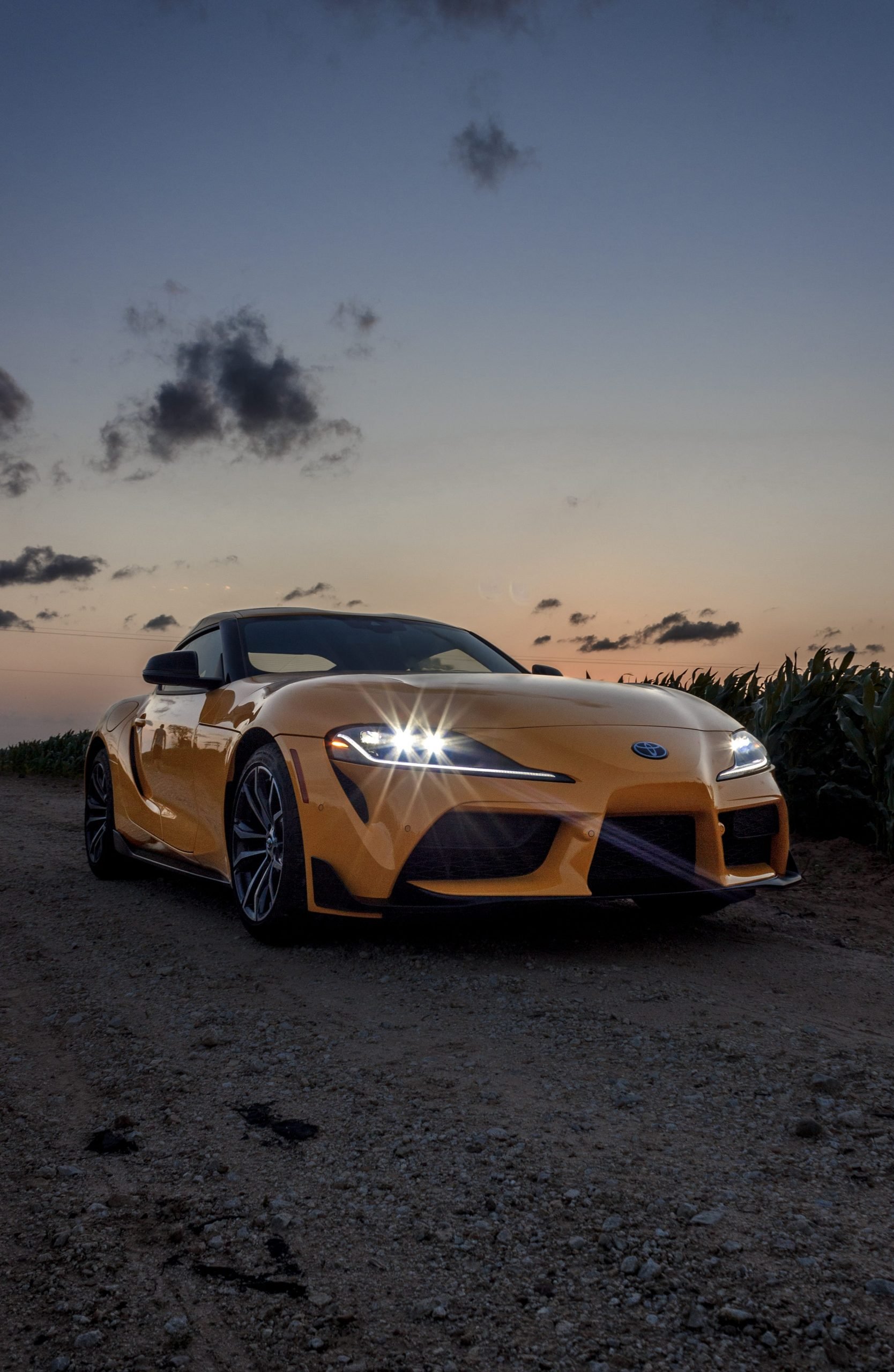
Alanis King
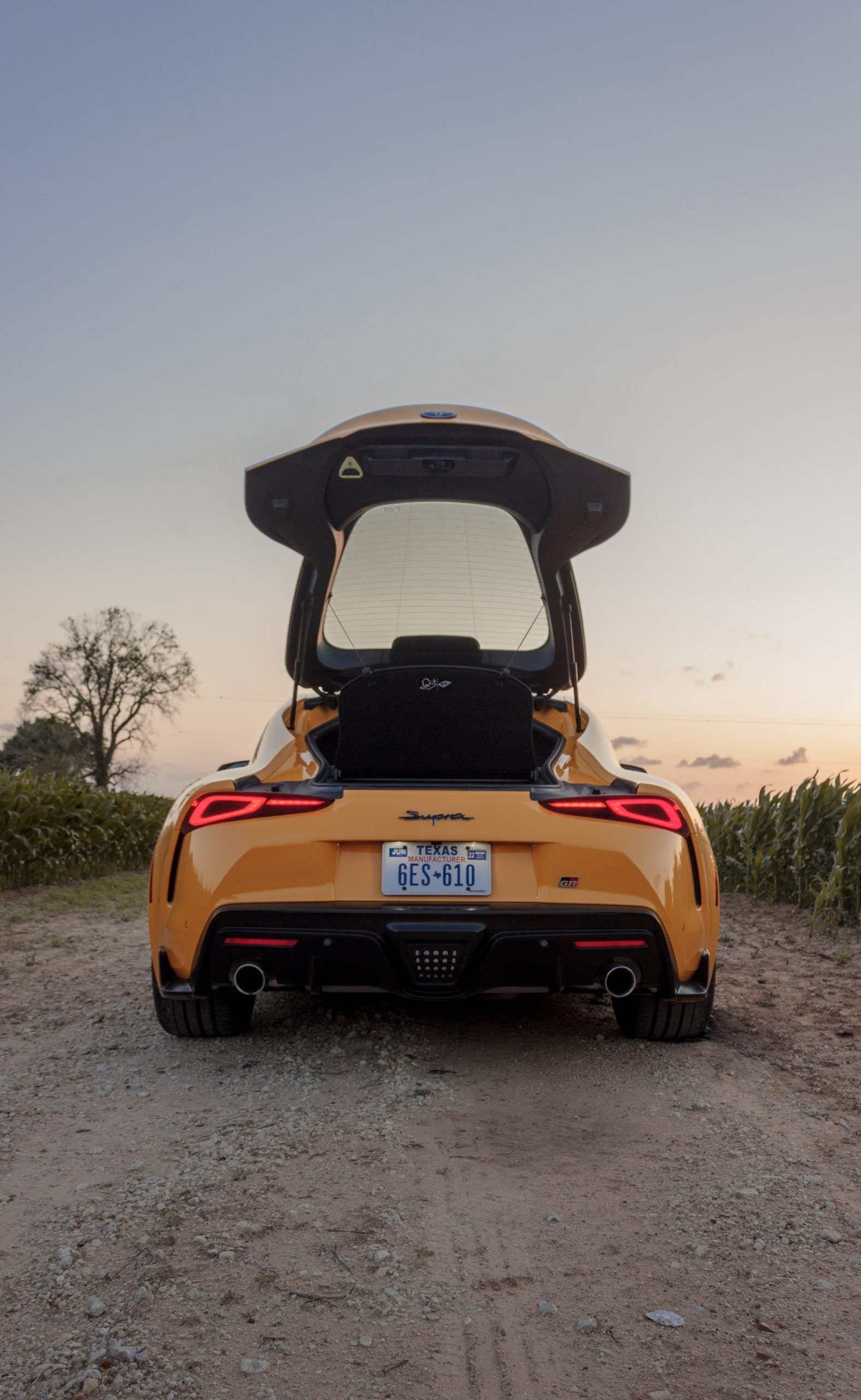
Alanis King
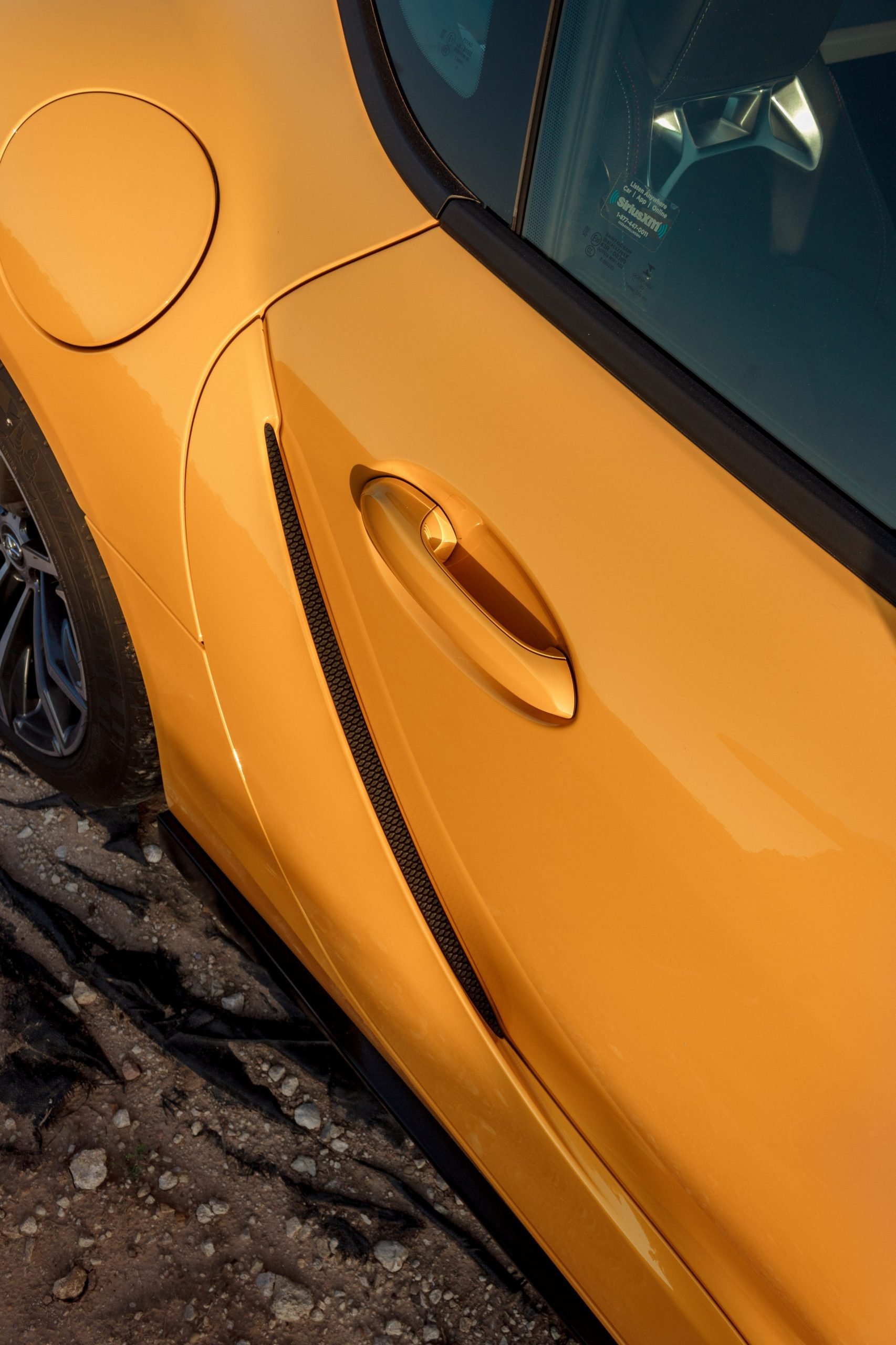
Alanis King
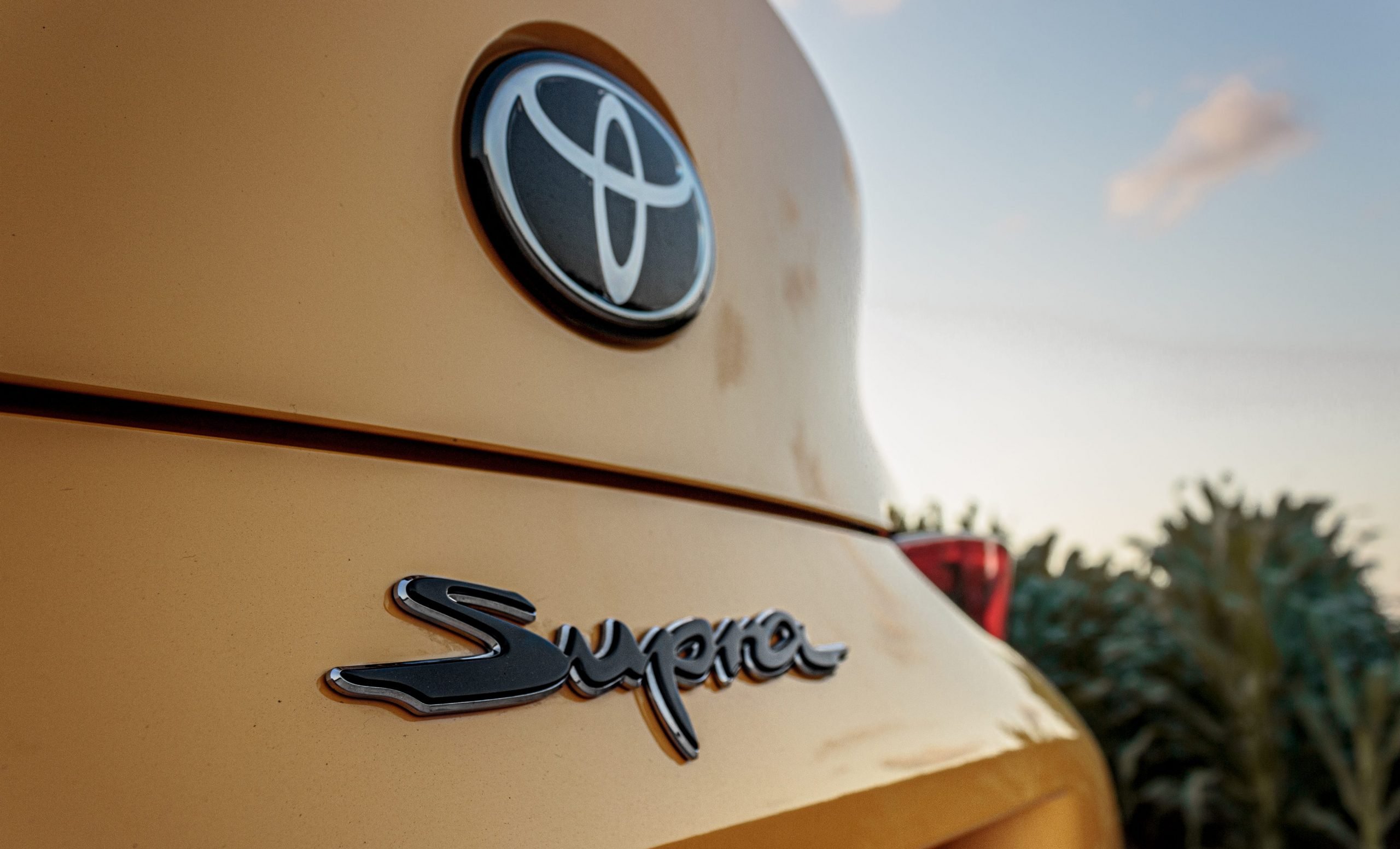
Alanis King
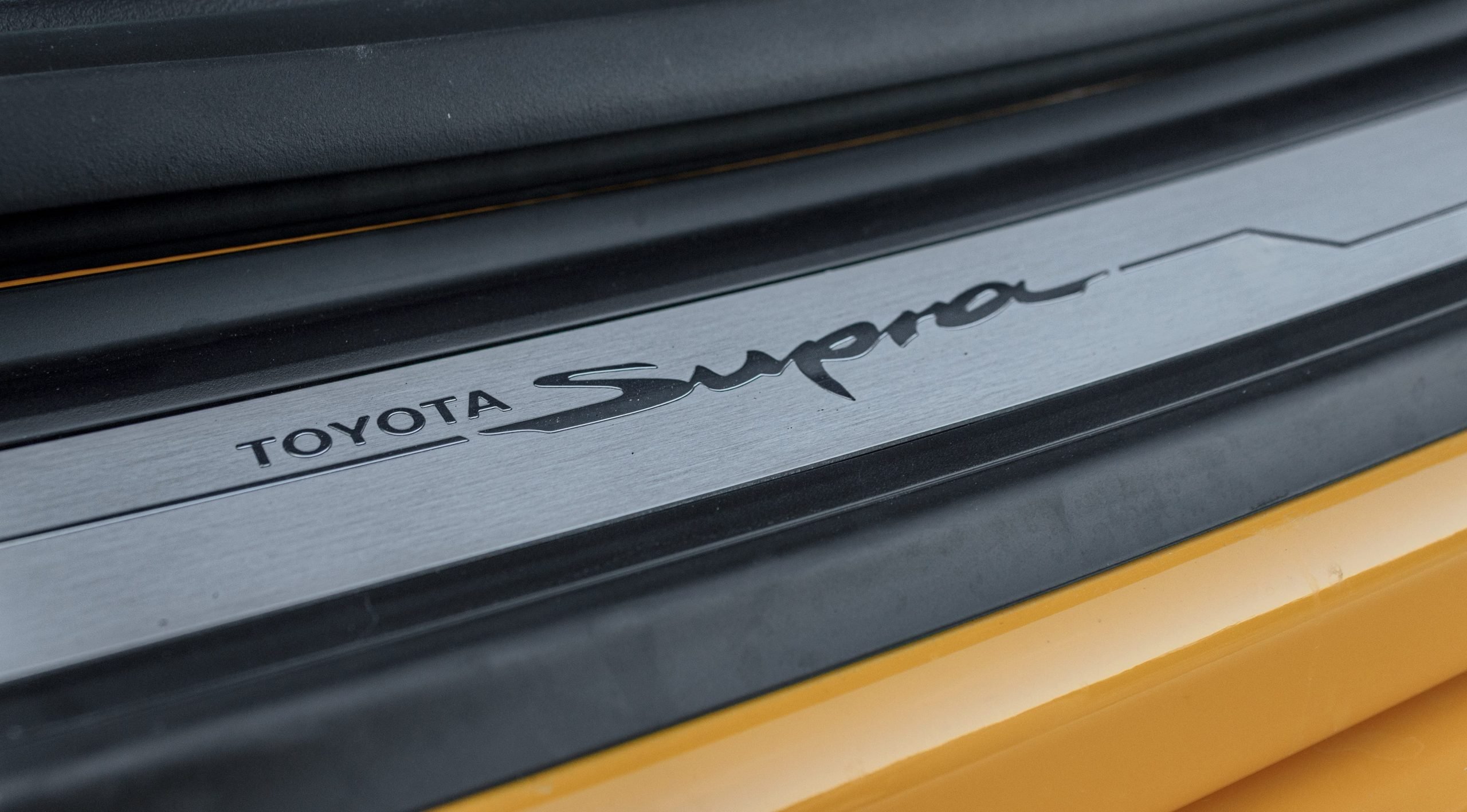
Alanis King
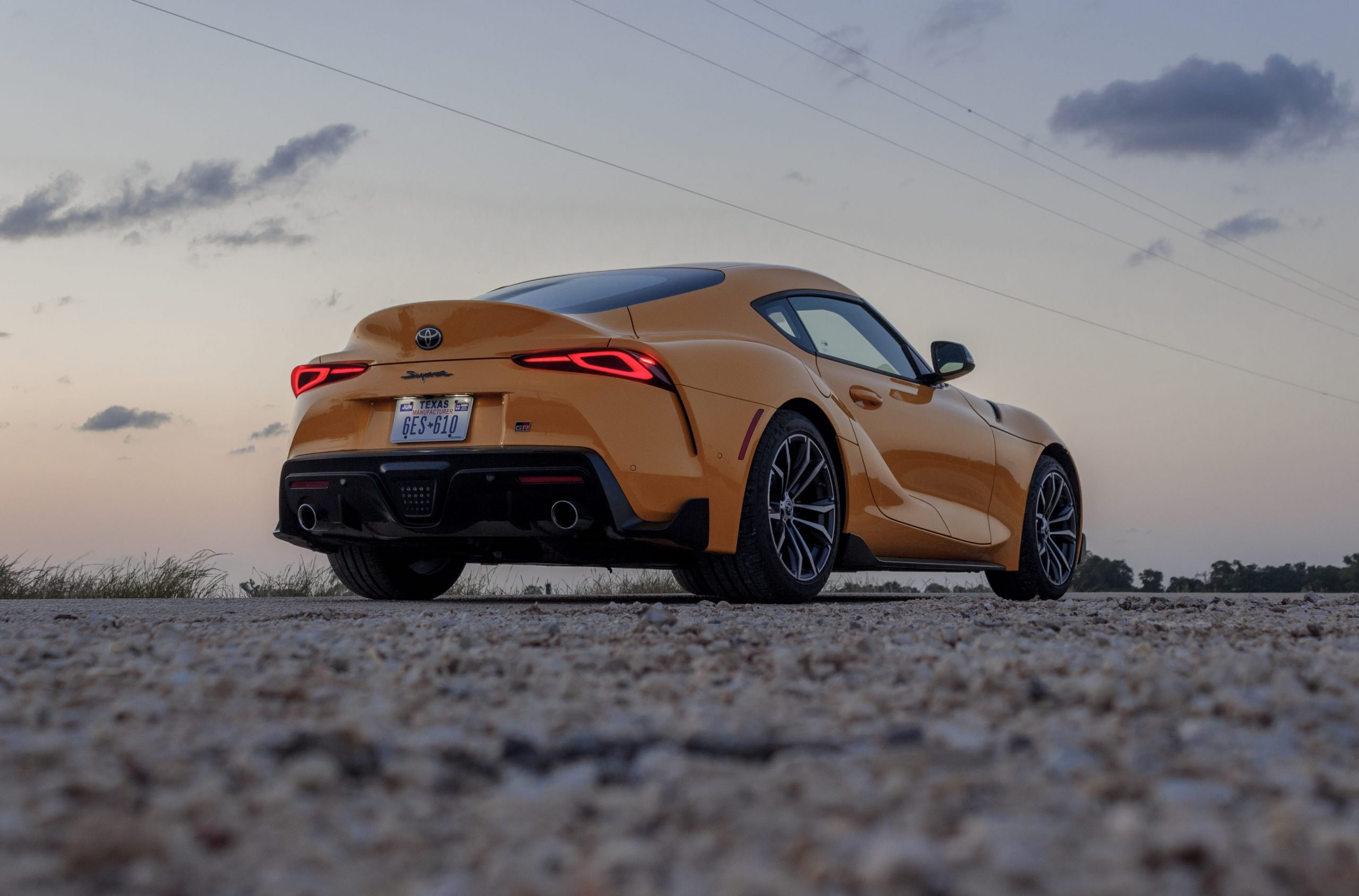
Alanis King
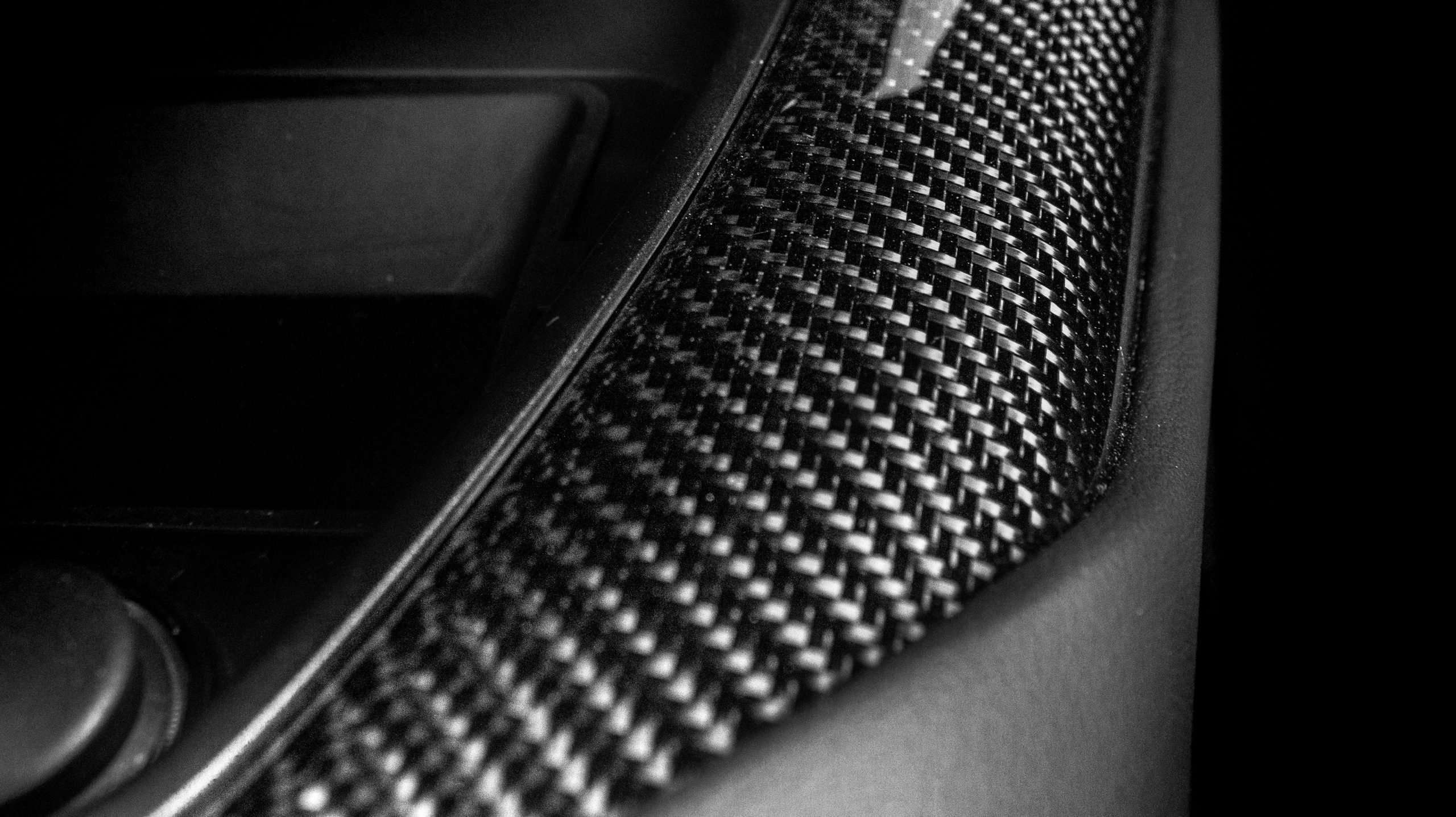
Alanis King
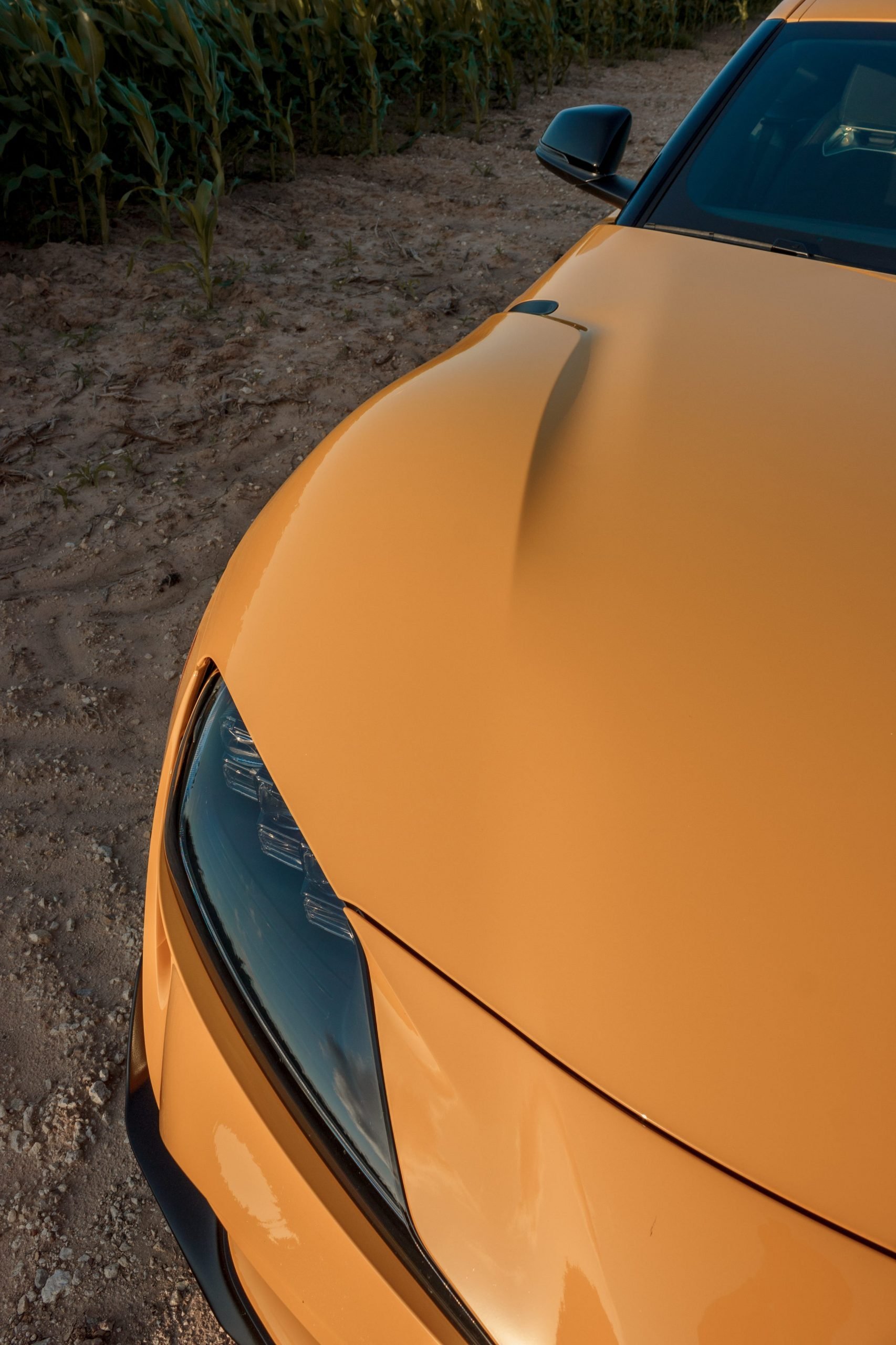
Alanis King

Alanis King
